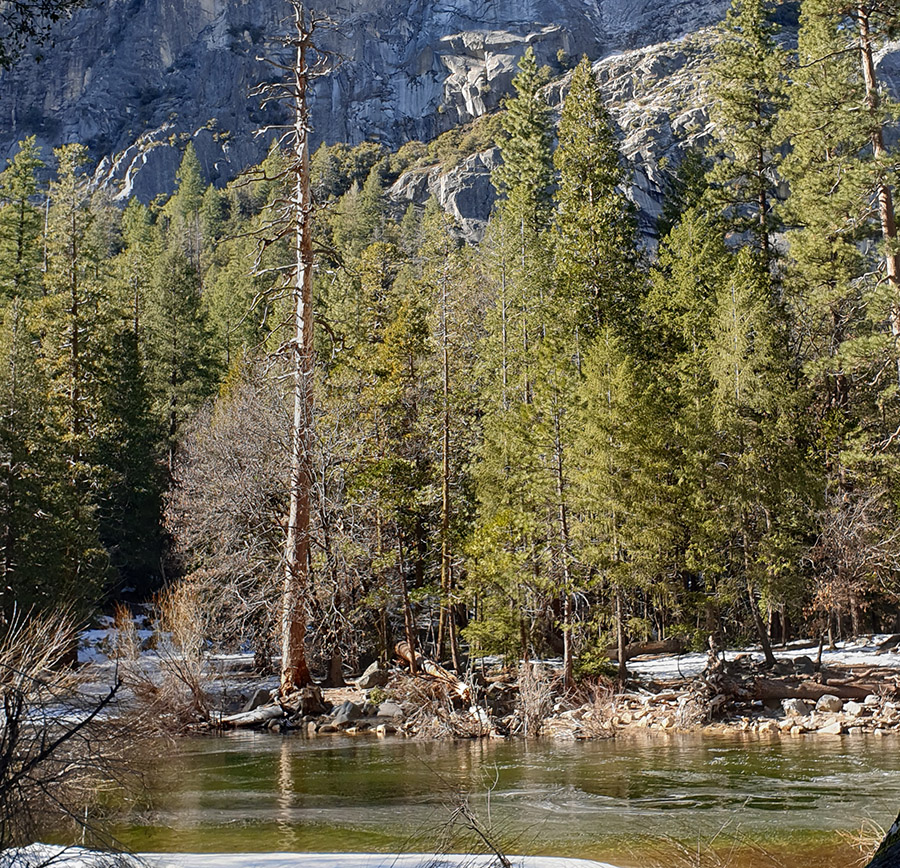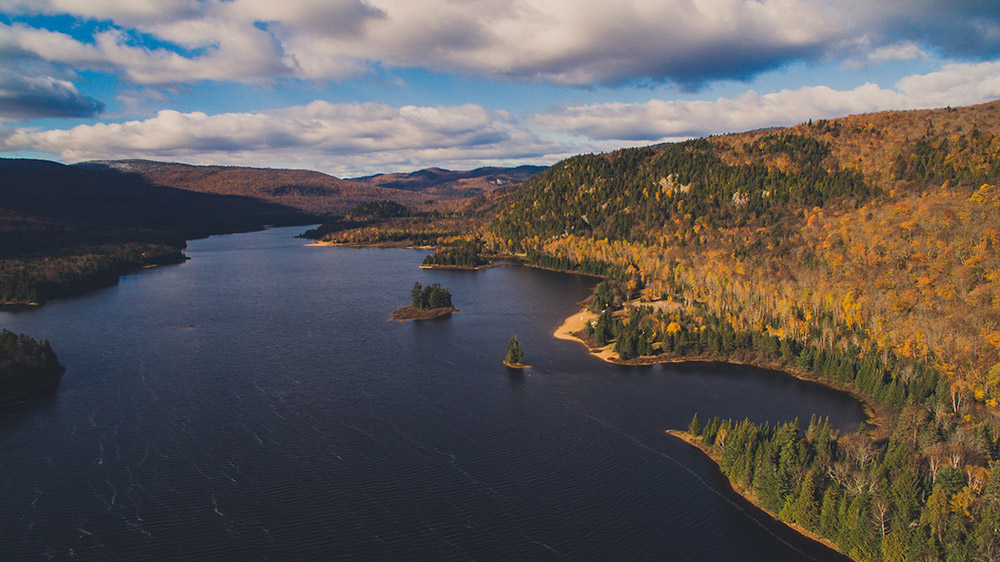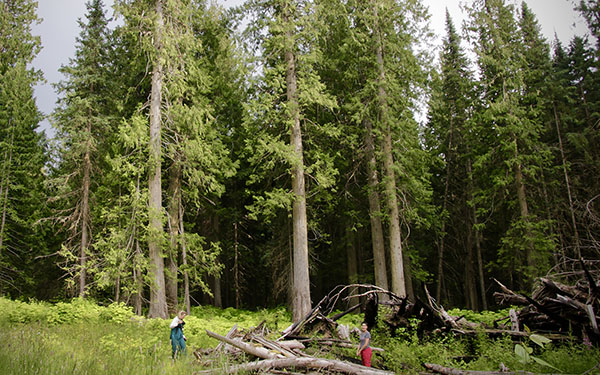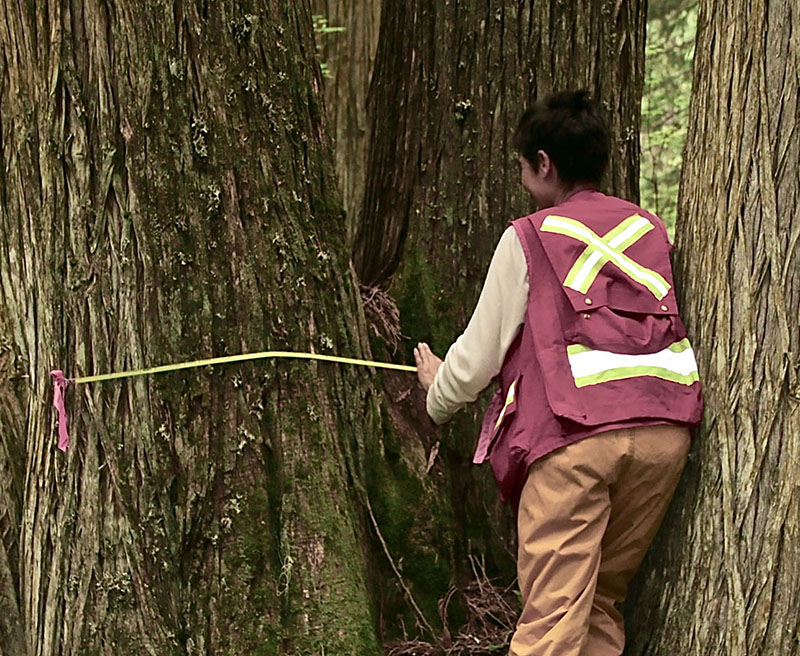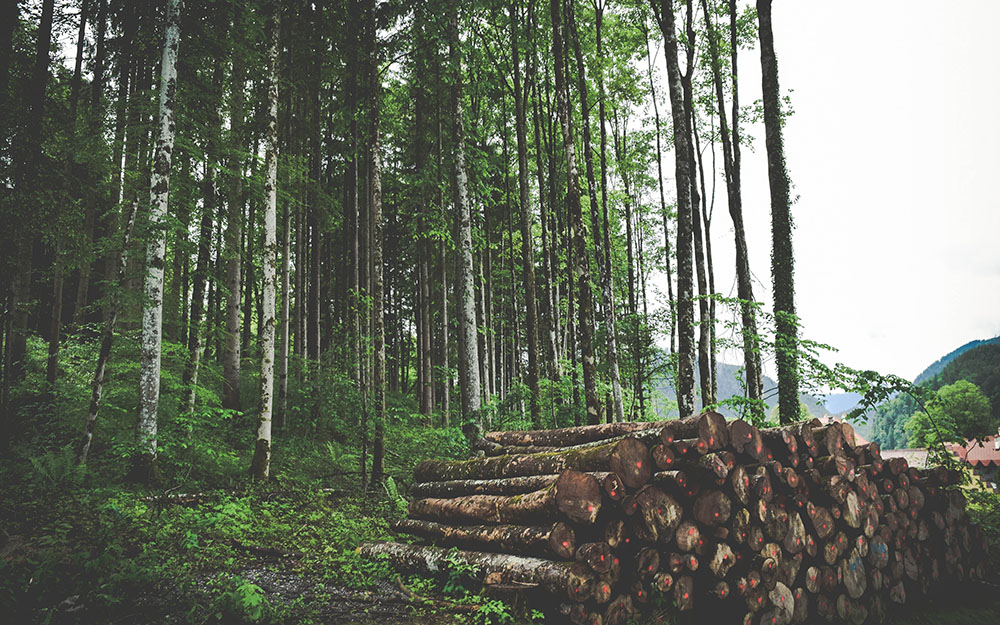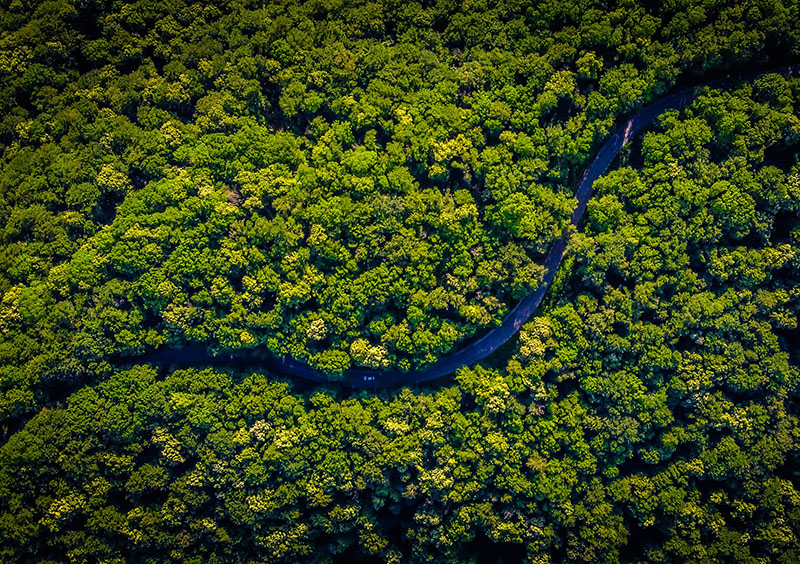Research field: Forest carbon accounting

The need for integrated policy action to mitigate climate change and conserve biodiversity has now been recognised in Article 38 of the Glasgow Climate Pact. This emphasises the importance of protecting, conserving and restoring nature and ecosystems, including forests and other terrestrial and marine ecosystems.
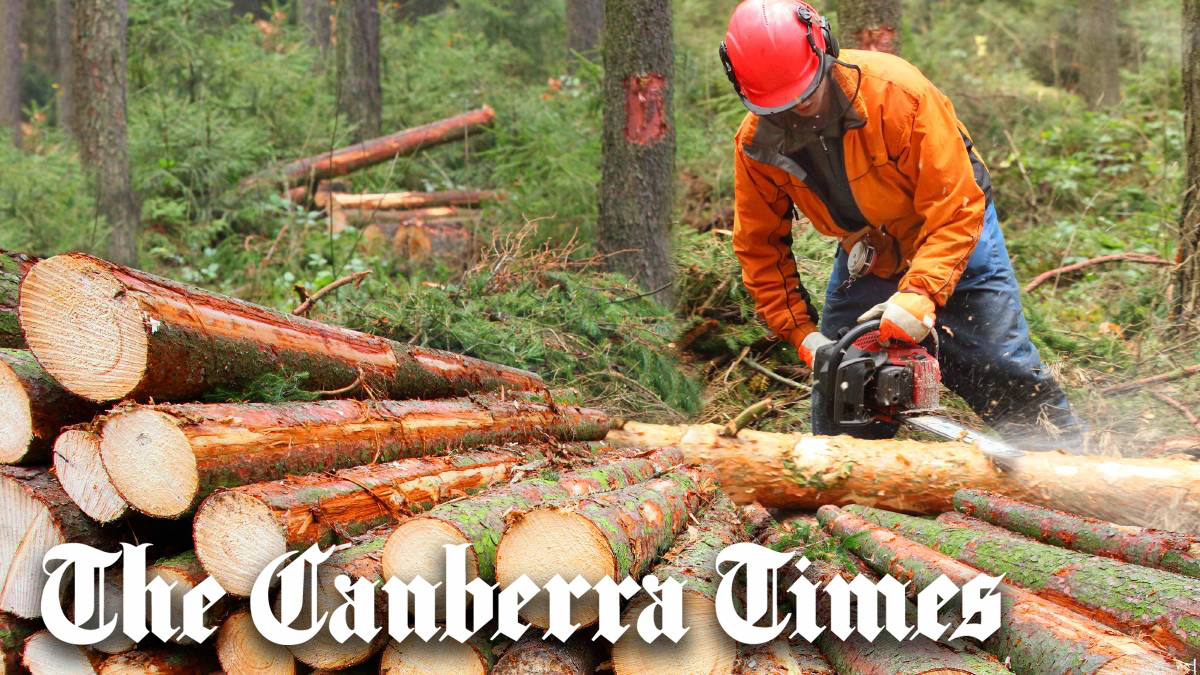
Data from Europe shows that there has been a major increase in the intensification of logging in Europe over the past five to seven years and this could prevent many European nations reaching their emissions reduction targets under the Paris and Glasgow agreements. The same process is now being pushed heavily by certain forest industry lobbyists and government agencies in several Australian states, including Tasmania, Victoria and New South Wales.
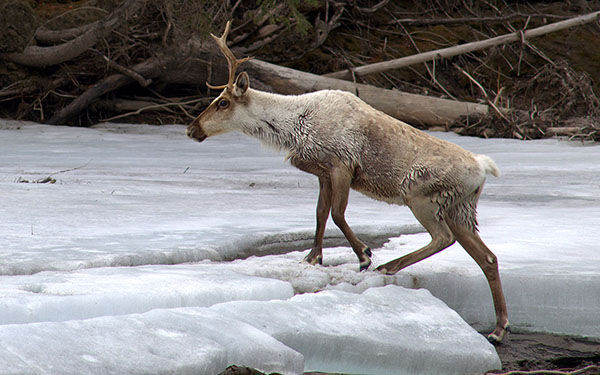
The world’s contain irreplaceable biodiversity and are critical to the regulation of the global climate and maintaining stable carbon pools. Carbon-dense primary forests are found in every major forest biome and they typically support higher levels of biodiversity than logged forests, especially imperiled and endemic species, yet their value is not fully recognised in climate policy.
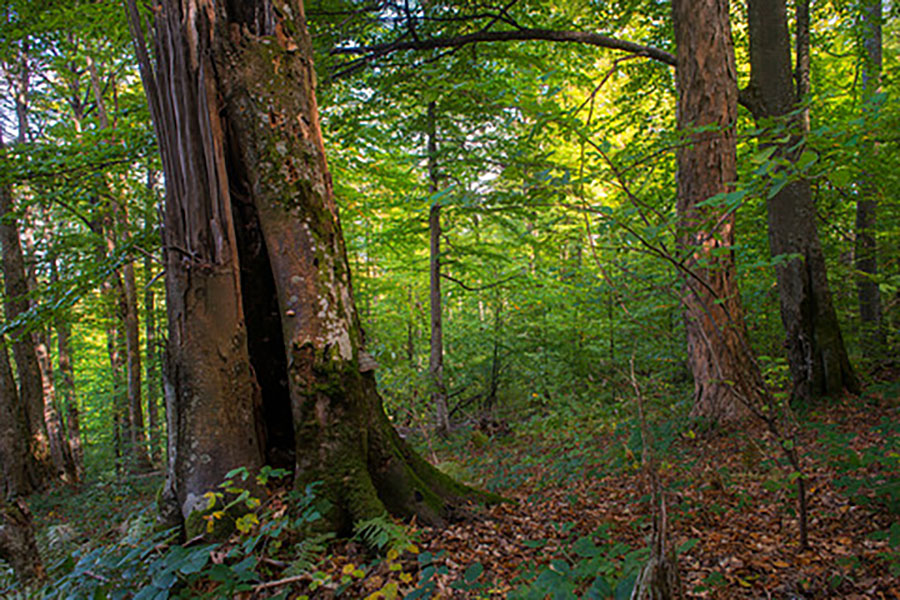
The carbon stock in Europe’s forests is decreasing and the importance of protecting ‘unmanaged’ forests must be recognised in reversing this process. Scientific evidence suggests that ‘unmanaged’ forests have higher total biomass carbon stock than secondary forests being actively managed for commodity production or recently abandoned.
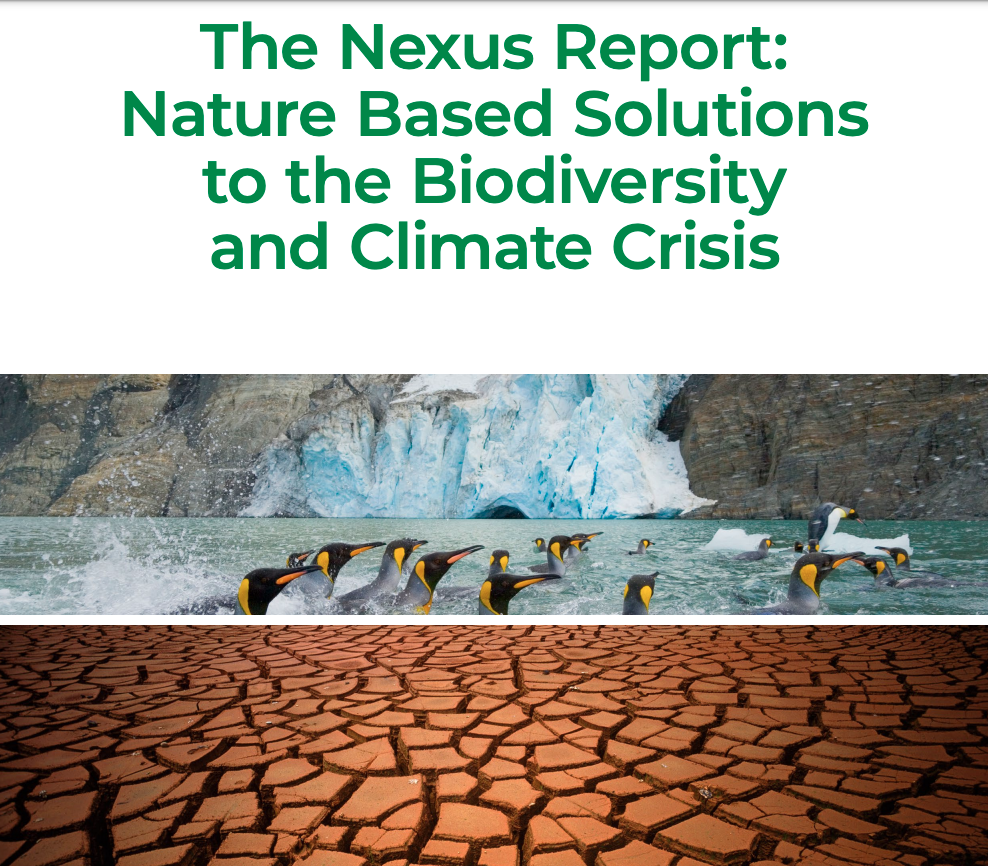
The climate change and biodiversity crises are intertwined. The loss of biodiversity reduces the resilience of both planet and people and narrows our response options for defeating climate change. Too often, though, biodiversity and climate change are dealt with in relative isolation by governments, intergovernmental processes, and other key actors and stakeholders.






